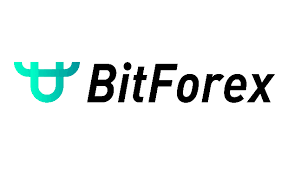The BRC-721E standard, a new protocol developed by the Ordinals market and the Bitcoin Miladys NFT collection, is aimed at bridging the gap between Ethereum and Bitcoin (ETH), particularly in the field of Non-Fungible Tokens (NFTs).
The BRC-721E standard enables the translation of immutable and verifiable ERC-721 NFTs to the Ordinals format, allowing users to store and interact with NFTs on the Bitcoin network.
The conversion of ERC-721 NFTs to the Ordinals format is a huge step forward in integrating Ethereum-based NFTs with the Bitcoin network.
Previously, these two blockchain ecosystems operated separately, limiting the opportunities for cross-chain NFT interactions.
With the release of Bitcoin Ordinals, users can now convert ERC-721 NFTs, which were formerly connected with Ethereum, into a format that can be stored and used on the Bitcoin network.
The migration process begins with burning ERC-721 NFTs on the Ethereum network. Burning an NFT means permanently removing the token from circulation.
This process is accomplished by calling a specific function on the smart contract associated with the NFT. By burning the NFT, the user signals the intent to migrate the asset to the Bitcoin network.
Furthermore, to claim the burned ETH and add the NFT to the Bitcoin network, users must inscribe authentic BRC-721E data on the Bitcoin blockchain. This inscription process entails encoding the relevant information about the NFT onto Bitcoin Ordinals.
The BRC-721E standard defines a standardized interface for encoding and decoding this data, enabling compatibility across the Ethereum and Bitcoin ecosystems.
The concept of Bitcoin Ordinals is a novel one that has the potential to revolutionize the way NFTs are stored and interacted with.
By allowing users to store and interact with NFTs on the Bitcoin network, BTC Ordinals open up new avenues for improved security, wider market reach, cross-chain interoperability, and collaborative activities within the NFT ecosystem.



